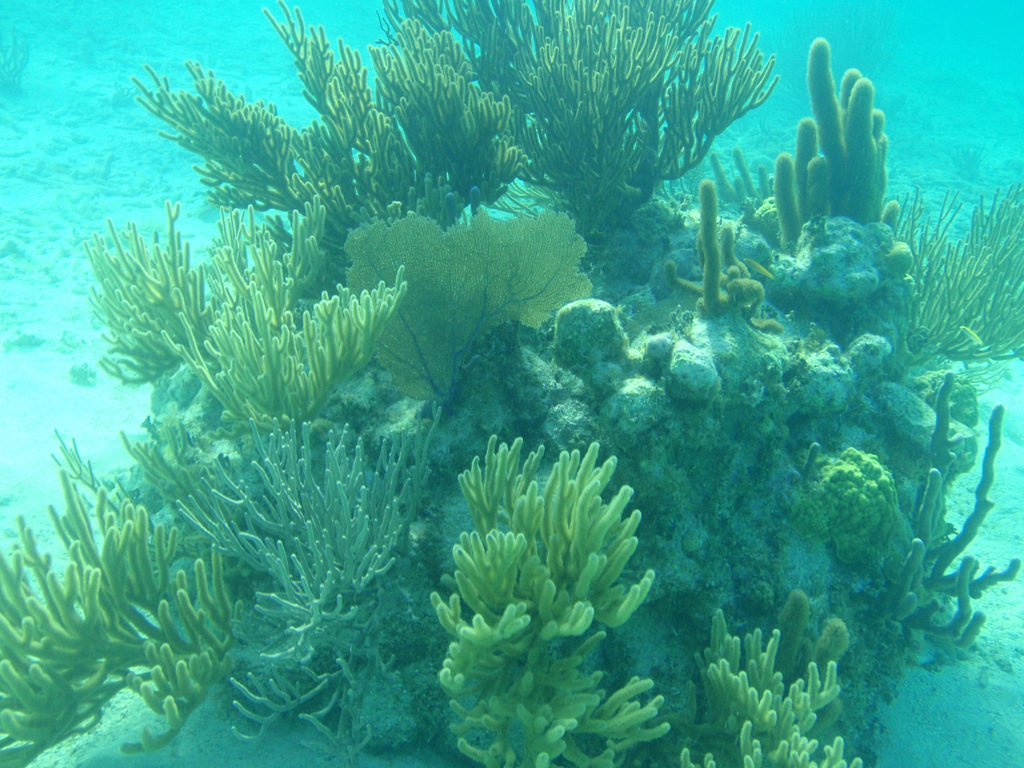
The Belize Barrier Reef is the largest barrier reef system in the Northern Hemisphere. It extends roughly 200 miles, and is made up of a series of coral reefs, cays and islands, many of which are covered with mangroves. It was designated a Unesco World Heritage Site in 1996, and added to its endangered list in 2009.
Development has been the major threat to the Belize Barrier reef. United Nations officials have pointed specifically to oil exploration, mangrove cutting, and excessive development.
But thanks in large part to a transformational shift by the government of Belize over the past couple years, the reef is doing better. The government created protections for coastal mangrove forests and imposed a moratorium on oil exploration around the reef. As a result, the UNESCO heritage committee recently voted to remove the reef from its list of threatened sites because it no longer faced immediate dangers.
But experts caution that the long-term danger to the world’s reefs from climate change remains very real. The ocean is warming and acidifying. In fact, scientists say they’ve observed signs of coral bleaching on the Belize Barrier Reef. According to a report by the Healthy Reefs for Healthy People Initiative, in 2015 and 2016, nearly 25% of Belizean corals were affected by coral bleaching.
As the climate continues to change, scientists fear that it’s increasingly likely that most of the world’s coral reefs won’t survive. Hundreds of millions of people around the world rely on reef fish for food and the reef’s beauty for income. A reduction in that food supply and in tourism could trigger a humanitarian crisis.
Lives and livelihoods are on the line.
***********
Web Links
A Victory for Coral: Unesco Removes Belize Reef From Its Endangered List
Photo, posted January 8, 2011, courtesy of Heath Alseike via Flickr.
‘A Small Win for Coral’ from Earth Wise is a production of WAMC Northeast Public Radio.
Leave a Reply